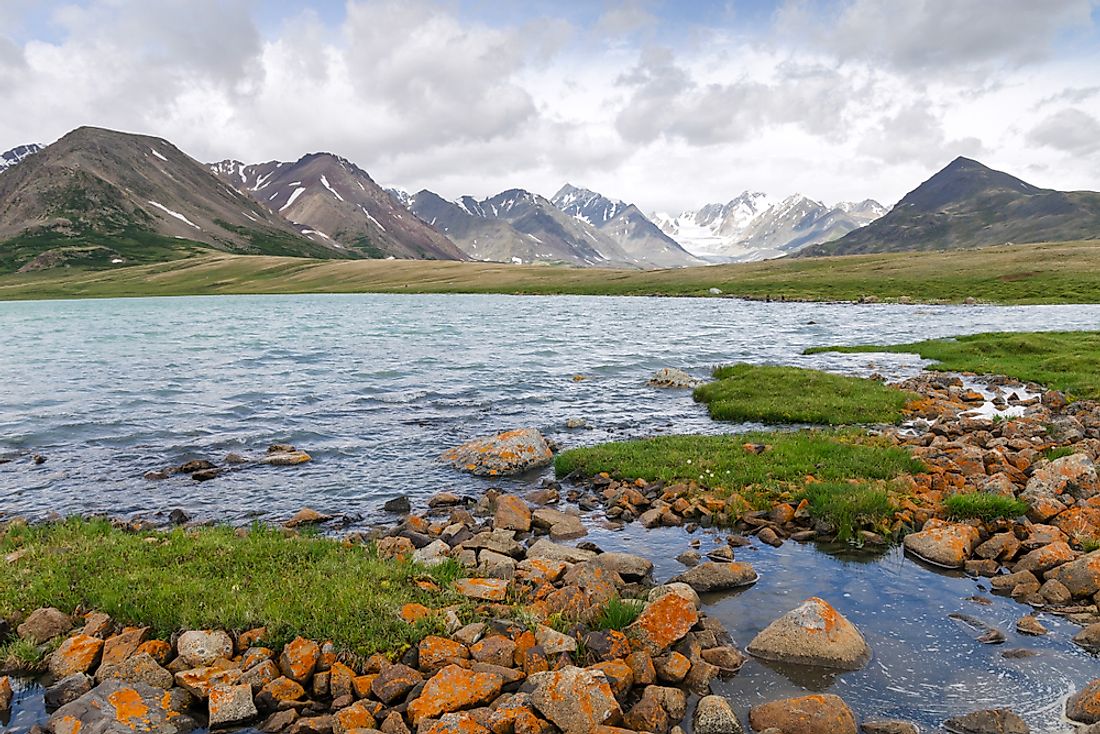1. The sea of bubbles lake

The deepest, freshwater lake in Mongolia. The total water volume is 381,000 cubic meters, which is 1 percent of the world’s total fresh water. A total of 46 streams flow into Khuvsgul Lake, and only one flows into the Selenge River, which flows from the main source of the Aegean.
2. Altai Bogd Mountain
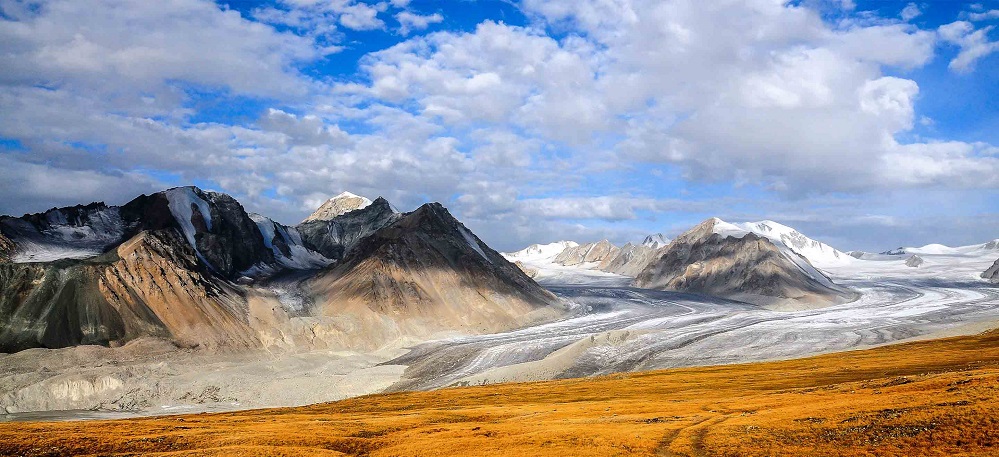
Altai bogd mountain is located in the Ulaankhus Sum area of Bayan-Olgii province, and its biological diversity is unique in Mongolia. It consists of five lord peaks.
3. Golden Whip Complex
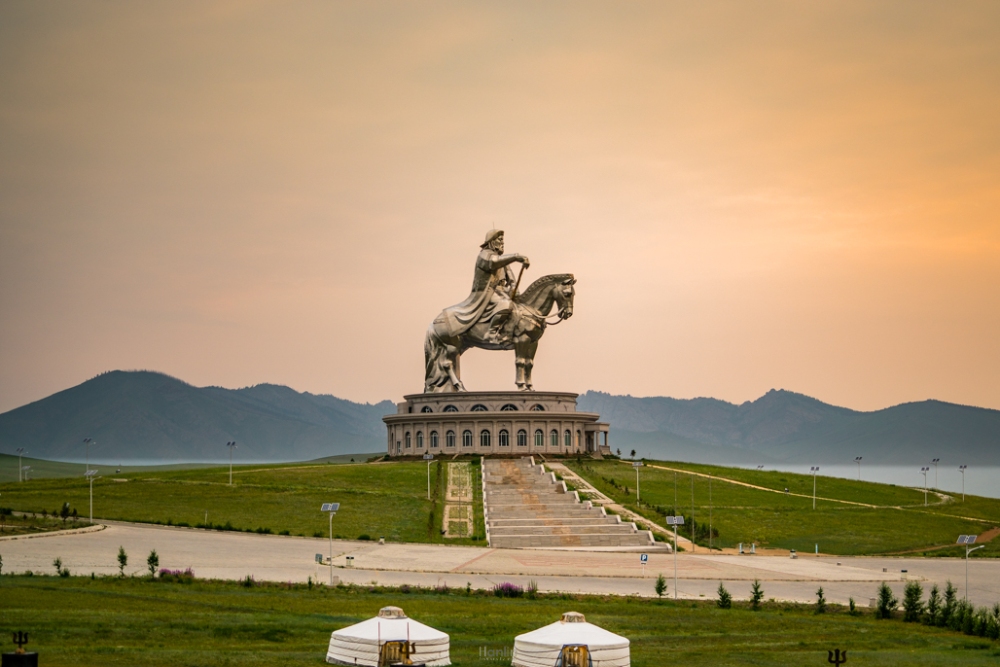
Golden whip complex is located in Erdene sum, Central province. It is said that Temujin, who lost his wife and child to the three sages, found a whip on the way to visit them, Tsonjinboldog, or the present Golden Whip complex. There is a 40-meter-tall statue of Genghis Khan riding a horse. The 13th-century complex is located 56 km east of Ulaanbaatar.
4. Amarbayasgalant Monastery
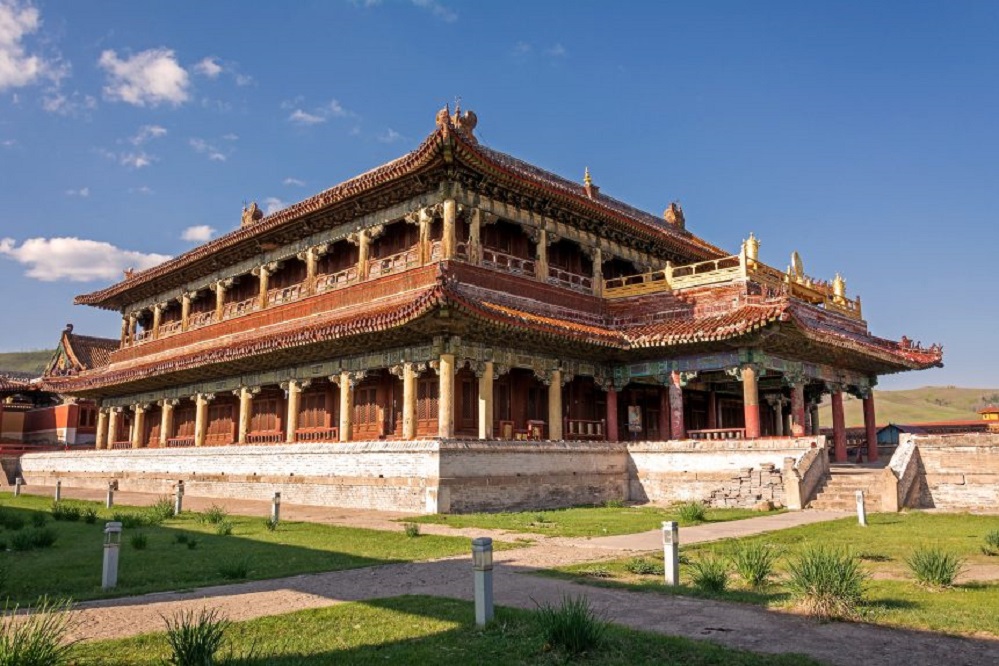
Barunburen Sum of Selenge Province was built in 1727-1736 in memory of Zanabazar, a prominent Mongolian religious figure, by the order of Manchurian King Enkh-Amgalang, in order to strongly spread Zoroastrianism, which is a monument of Buddhism.
5. Sounding Sand Mongolia
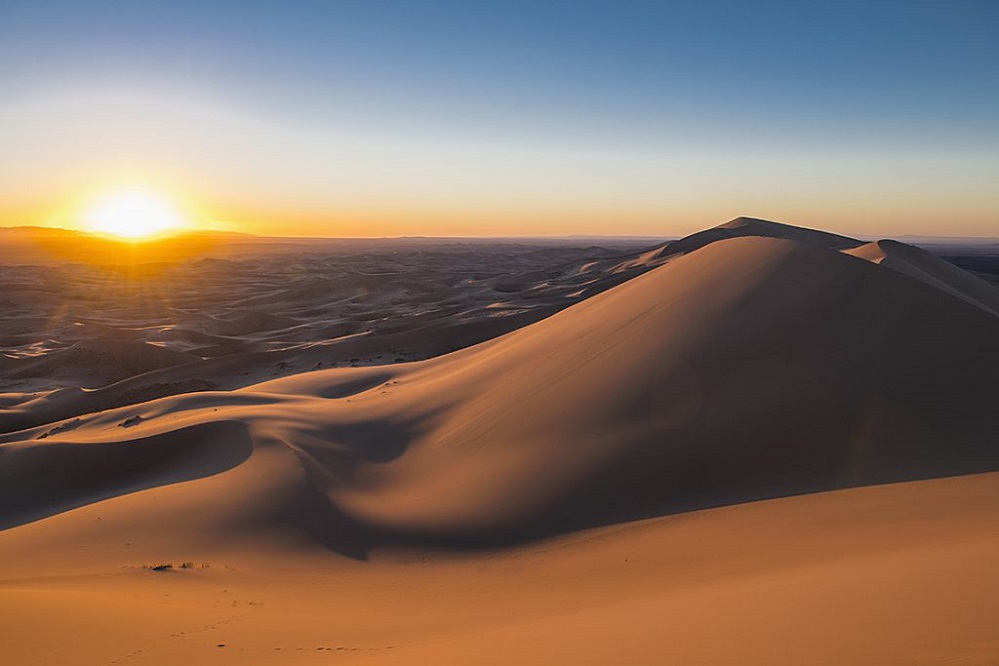
Marco Polo wrote about his travels in Central Asia, “When traveling through the desert at night, he heard someone’s conversation and the sound of many kinds of music playing at the same time.” Dune sand on the southern edge of Dornogovi province looks like an ordinary dune, and when you climb to the top and hold on to the ridge, the sand that falls under your feet makes a loud sound like an airplane.
6. Rolling stone Mongolia
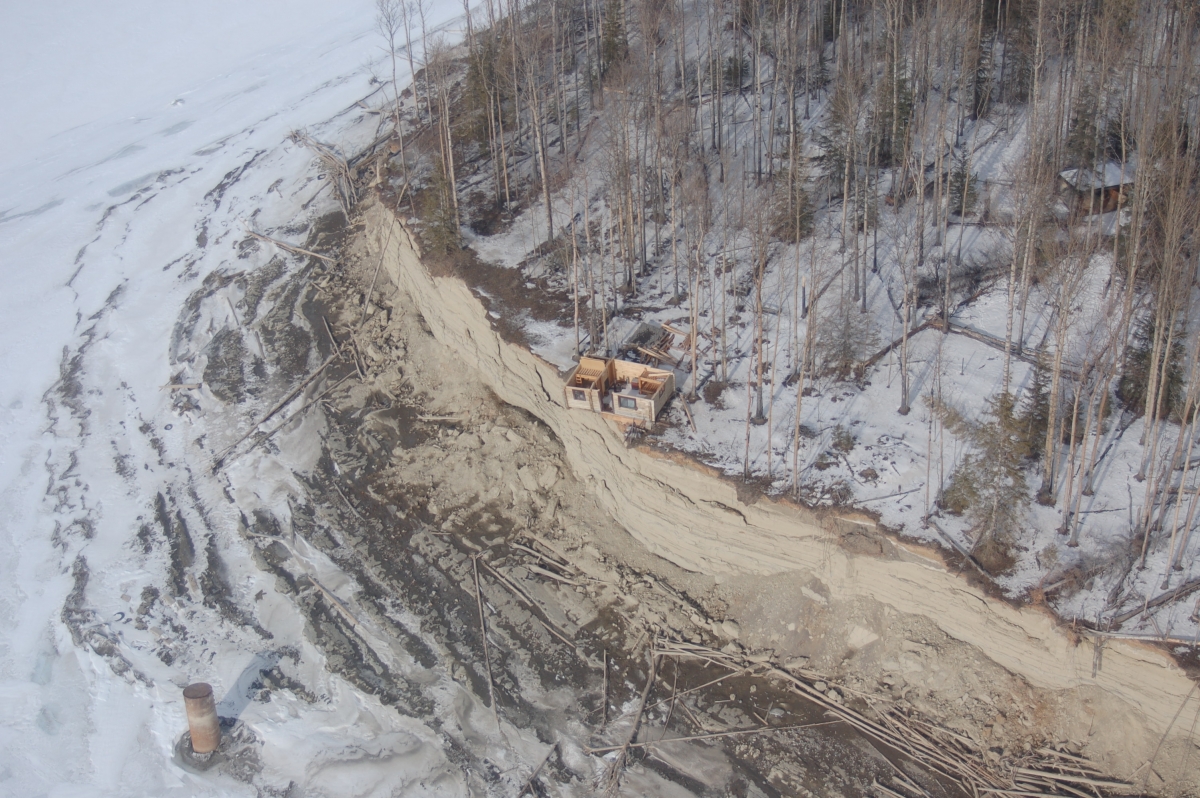
In Ulantaiga of Khuvsgul Province, you can see the stones running after the rain when the sun rises and the water in the heads of the grass dries up. It is related to the permafrost there. The permafrost soil is bumpy due to the heat and cold, and the stones on top are rolled.
7. Four Springs Of Three Lakes
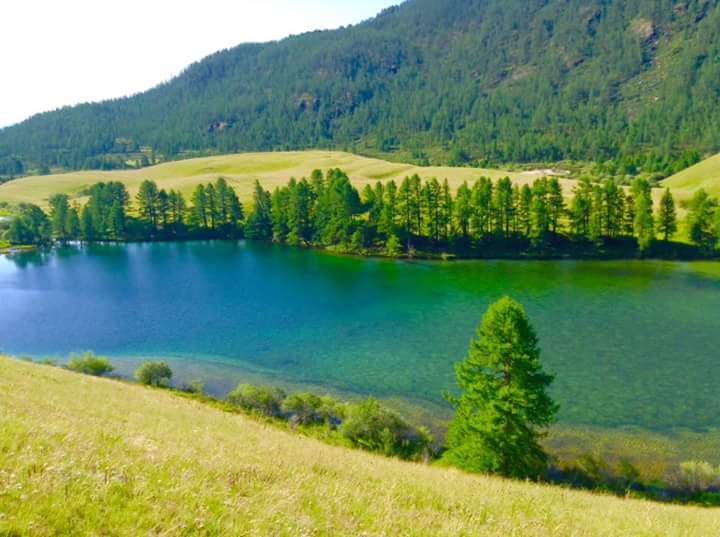
The west lake of Gurvan Lake spring in Dadal Sum area of Khentii province is good for nerves, the east lake is good for the stomach, and the middle lake is good for skin and yellow water. The small lake in front of the Middle Lake is called the eye lake, and it is said that the water in the lake is good for red and stinging eyes.
8. Sixty pots
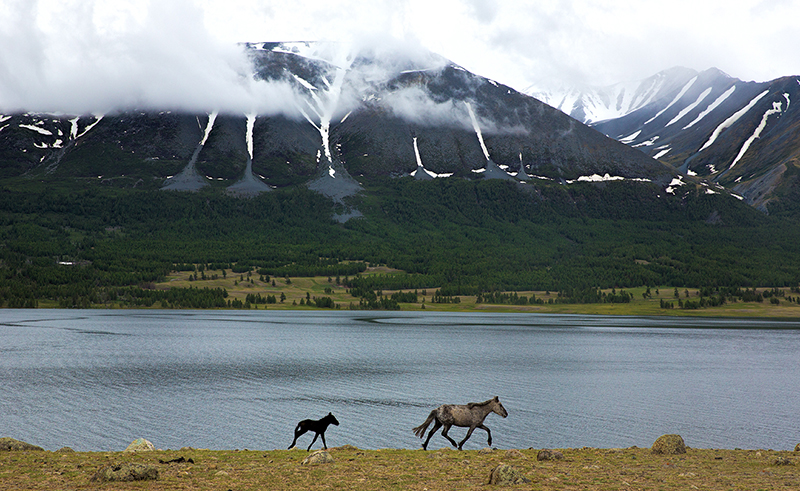
In Bayankhongor province, there is a stone mountain with sixty craters called Jaran, a continuation of Ikh Bogd mountain. When it rains, those lakes are filled with water and sixty lakes and ponds are formed.
9. Angry
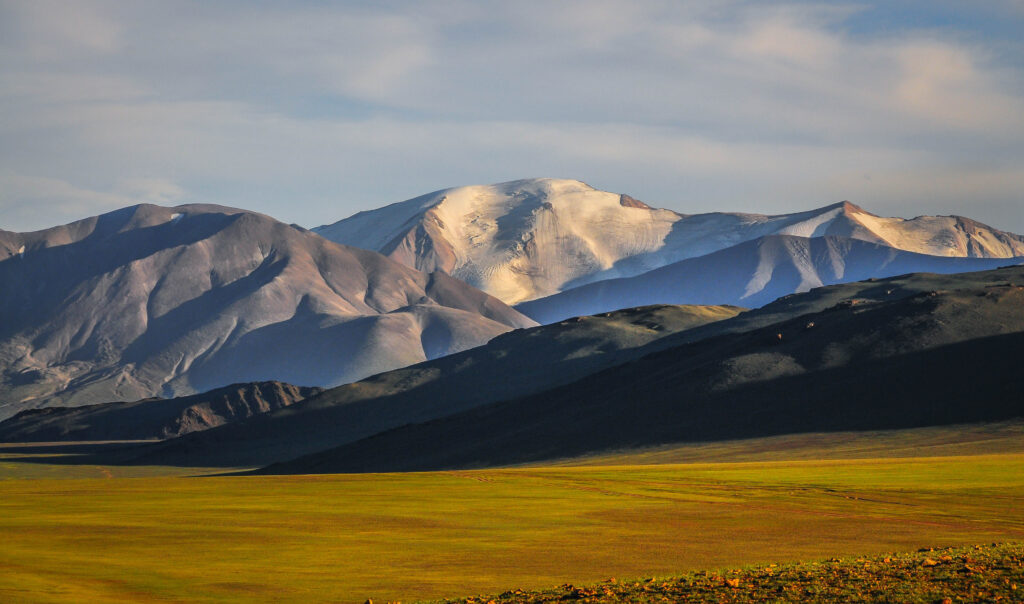
The area of Biger Sum in Gobi-Altai Province was named Uurt because steam always seeps out of the tunnel at the mouth of Usty River in Serkh Mountain.
10. Arsain waterfall
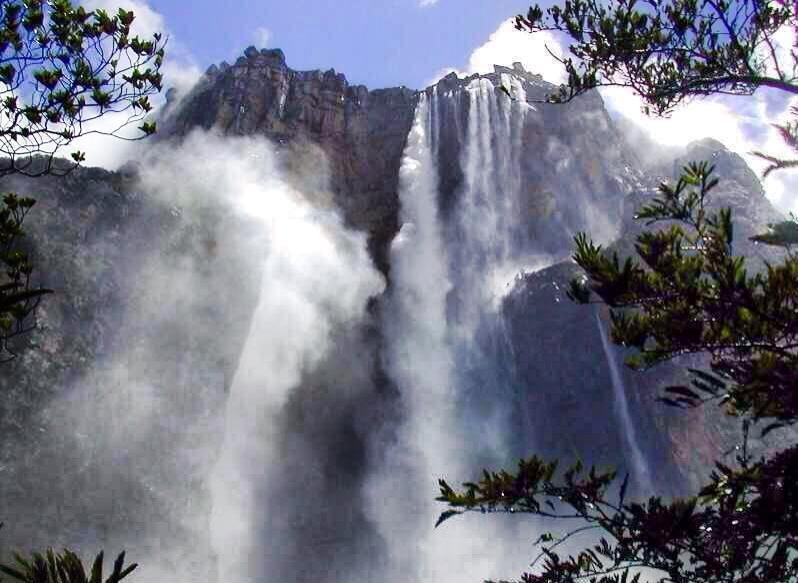
The highest waterfall in our country is the Arsain waterfall, which falls from a height of more than 70 meters in the Khordol Sarda mountain range of Khuvsgul province.
11. Terkh White Lake Mongolia
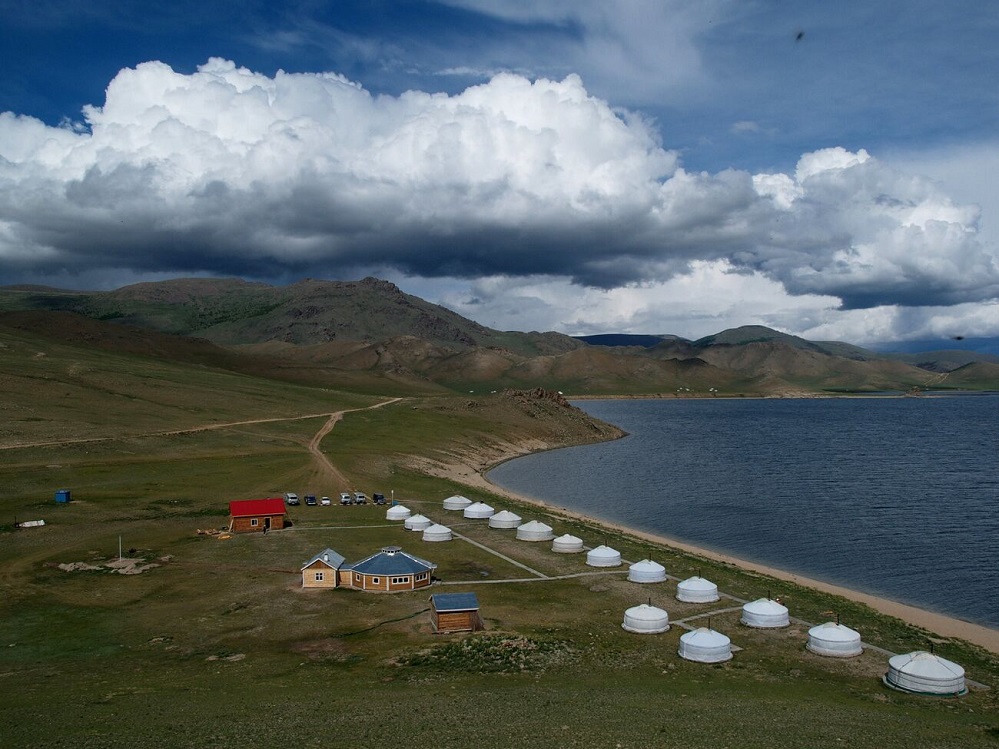
Khorg crater is located in Tariat sum area of Arkhangai province. In terms of origin, it consists of Devonian granite and Quaternary volcanic rocks. It is called Khorgo because there are a lot of shelters in the depths of extinct volcanoes, rocks, cliffs, caves, and caves. The mouth is 300-400 m, the depth is 70-80 m, the external slope is 35-40 degrees, and the inside slope is 45-50 degrees. The white lake of Terkh is 2060 m above sea level. 10 rivers flow into this lake, it has fresh water, it is 16 km long, 5-6 km wide, and 6-20 m deep. The only river that flows into the Avan is the Suman River. This lake has a small island in the middle.
12. Cave of the Three Blues
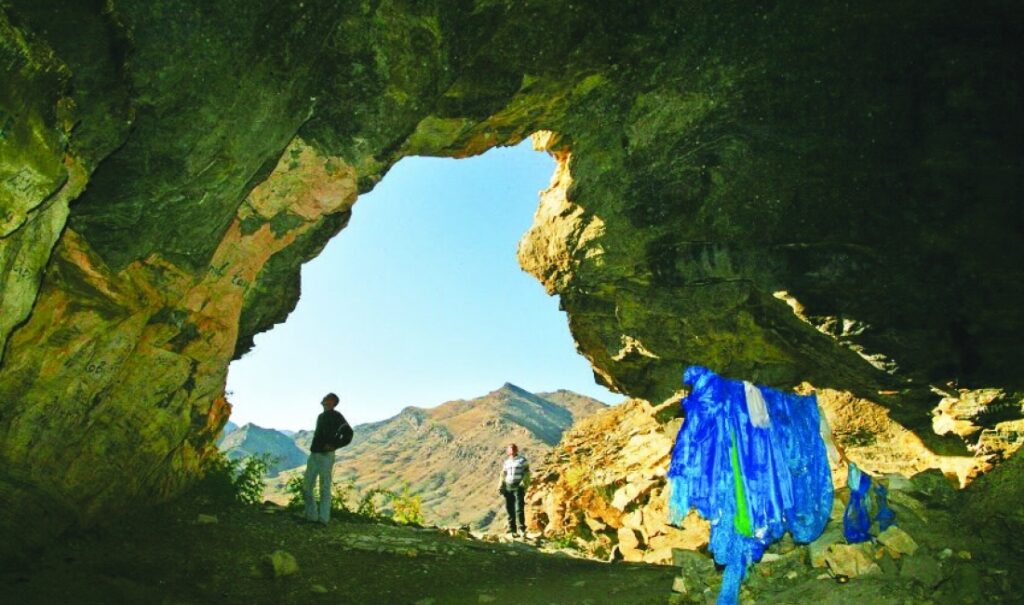
In this cave, an art work of the Paleolithic period was found in Mankhansum region of Khovd province, Mongolia. Animals and trees are depicted on the walls of the cave, one part is red-brown, and the other part is painted with light pink red ink. Animals such as elephants, rhinoceroses, and giraffes are also depicted, and some animals have not yet been identified. The height of the cave wall is 2.5 m.
13. Uvs Lake, Great Lakes Depression
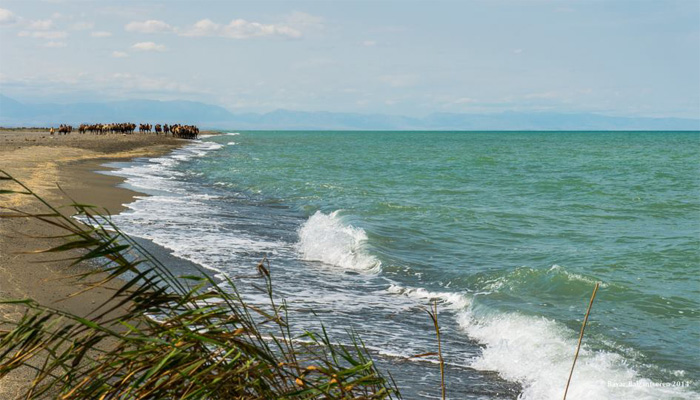
Uvch Lake is the largest lake in Mongolia with an area of 3,350 square kilometers and is 753 meters above sea level. Uvs Lake is the remains of a giant sea millions of years ago, and it has brackish, shallow water. Uvs Lake is located in the northern half of the Great Lakes Basin. 38 large and small rivers and streams flow into Uvs Lake, including Tes, Naryn, Kharhiraa, Turgen, Sagil, Borshoo, Khondoln, and Torkhilog. The Han Kyuk Ridge immediately enters the Great Lakes Depression and delimits the Uvs and Khyargas Lakes depressions. Uvs Lake is a UNESCO World Heritage Site because all the natural zones are in one place.
14. The monument is bright, the statue of General Kultegin
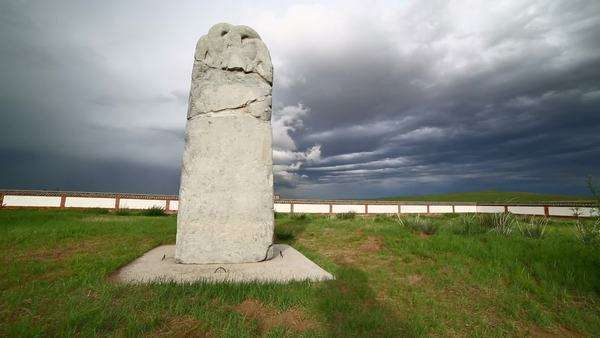
Relics of the Turkic Empire Turkic monuments in Hoshio Tsaidam are located in Khashaat Sum area of Arkhangai province. It consists of two complexes built in memory of Bilge Khan /683-734/, a famous statesman of eastern Turkic state, and Kultegin /Turkish military general, brother of Bilge Khan 684-731/. These monuments are considered the most important monuments of the Turkic Empire, which ruled Central Asia in the 6th-8th centuries AD. The Turkic runic inscriptions written on this monument preserve invaluable information for the study of the history and culture of Central Asia.
15. Mirror Rock Mongolia
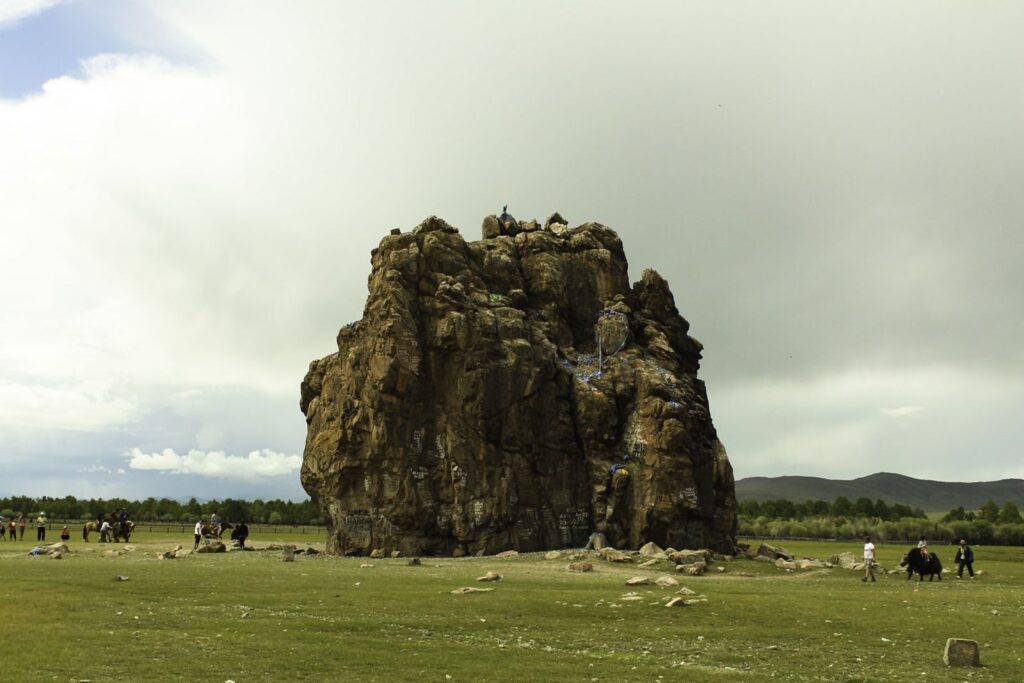
In the area of Hoolt brigade, Jargalant sub-district of Arkhangai province, there is a smooth rock that looks like it has been polished with a height of about 100 meters and a width of more than 80 meters. There is a large cliff called Tol Khad, which is more than 10 meters long and about 3 meters high, behind Mount Dugnen in the area of Mungogov province. Human and animal figures are clearly visible and glossy. The researchers believed that the mountain became like a shiny mirror due to the collision of large boulders and other rocks that rolled and slid during the movement of the mountain.
16. Yantsgaadag Lake
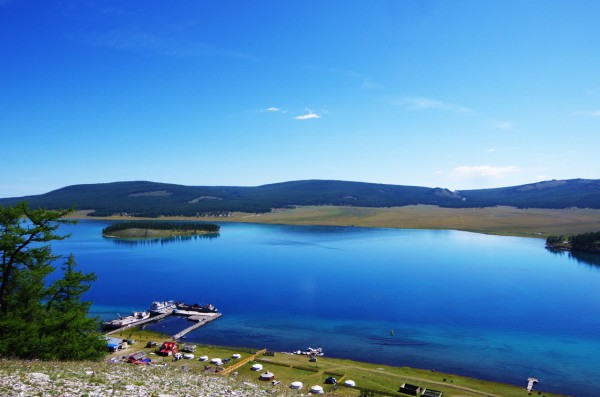
A sound like the soft neighing of horses can be heard from lake Ayaganbulag in Arkhan, Erdenebulgan Sum, Khuvsgul Province.
17. Tsogt sum
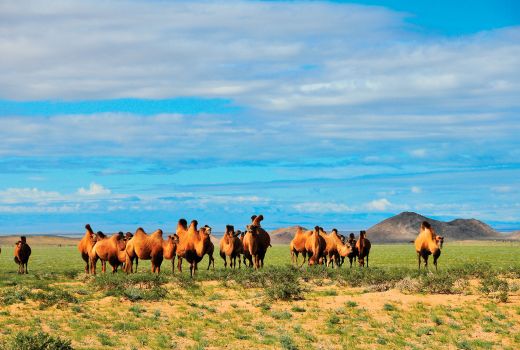
The territory of Tsogt sum of Gobi-Altai province is located in Zahui zarman gobi. The water from the crater on the side of the mountain overflows and flows into the crater below. The sun and wind of the desert have eroded the rocks on the sides of this mountain into a rough shape, leaving holes, which seems to be the work of an artist. In the western part of the mountain, there are 9 craters in a series of rocks, and they have a green border. When the first crater is filled with water, a small waterfall of 40-50 cm is formed and flows into the next crater.
18. Khalkh Gol Sum
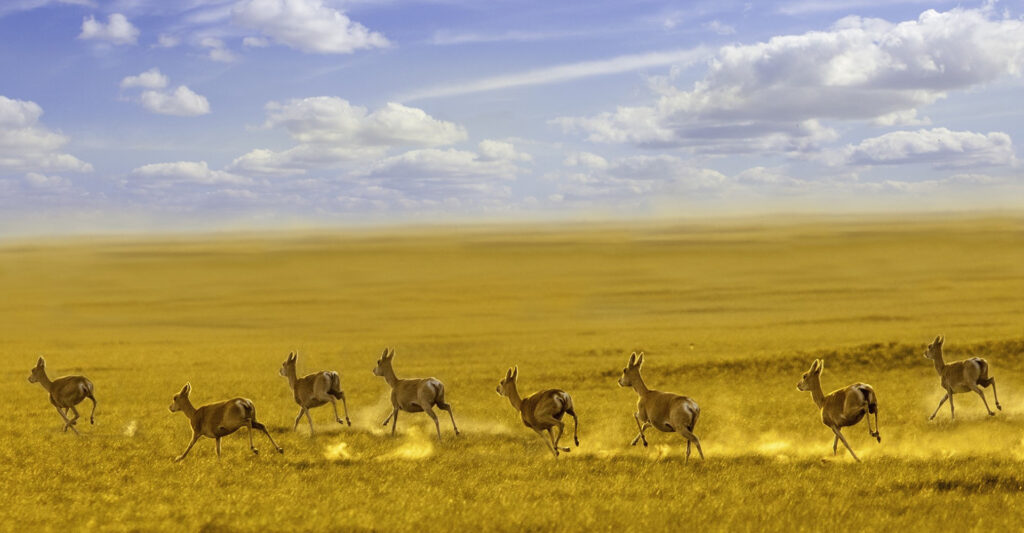
In Matad and Khalkh Gol Sum areas of Dorno Province, you can travel 100 km everywhere on the flat plain like a table, and you will not come across any hills or swans. Such an unspoiled plain is rare in the world.
19. Yunden and Nansalmaa
There are many rocks with strange shapes in our country, such as Mor Khad in Zorgol Khairkhan in Central Province, Melkhi Khad in Gorkhi, Camel Stone in Bodonchi River in Hovd Province, Lion Stone in Urgamal Sum in Zavkhan Province, Sum Khad in Tudevtei Sum, and Lion and Elephant Rock in Baishint in Uvs Province. . The rocks that look like two upright people among the rocks of Great Land Stone in Dundgovi province were formerly known as King and Queen, but now they are called Yunden Nansalmaa. The man standing on the right side is a little taller, holding a bundle of money in his right elbow, his left hand on the other man’s shoulder, and the shorter one is wearing a wife’s dress, and the head is bowed. This figure can be observed from a distance of about two hundred meters from the southeast of the rock.


